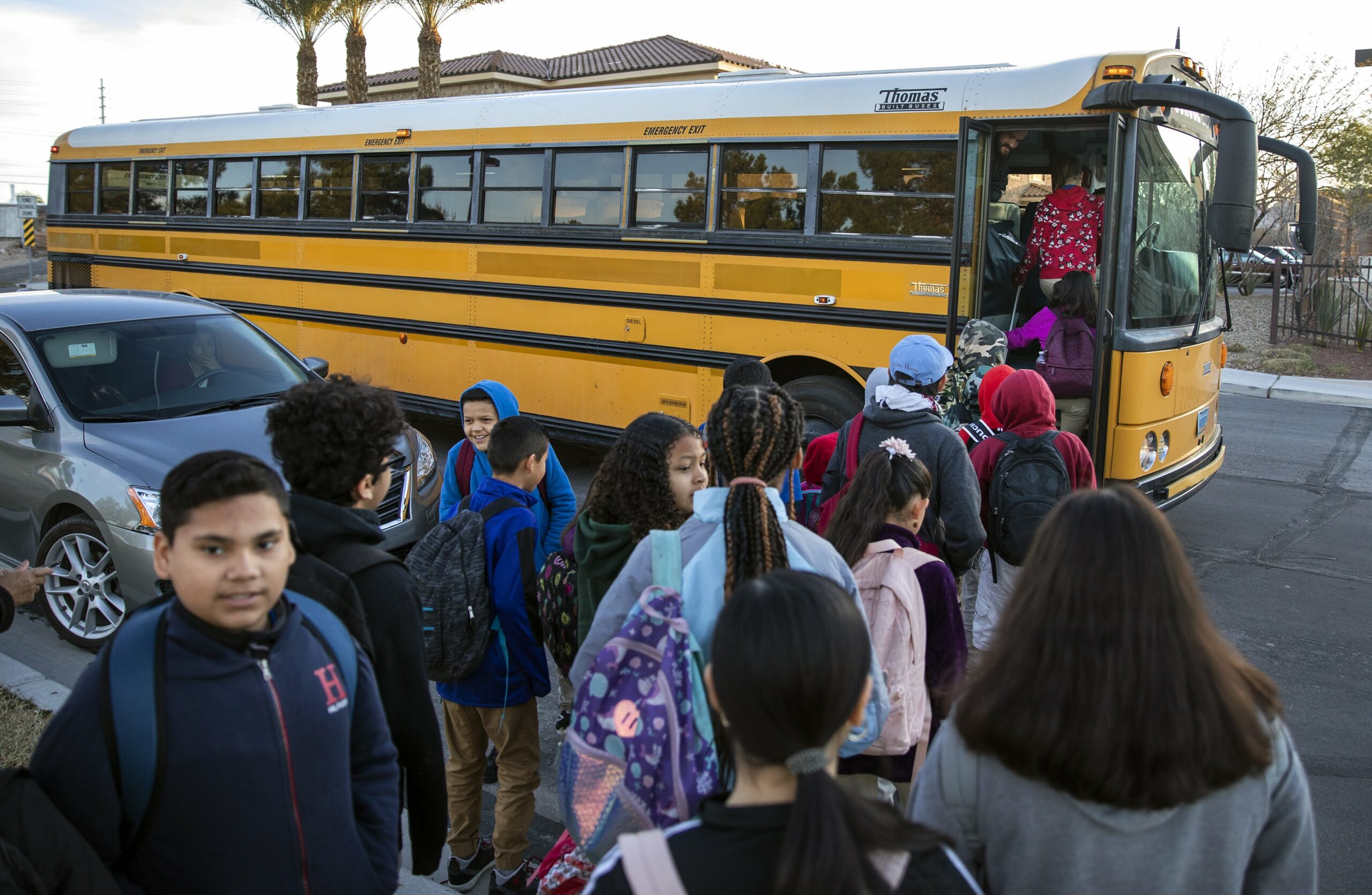A culminating education crisis beyond the pandemic and the case for more school counselors

By Michael Raponi
The recent column “Nevada Needs a Post-COVID-19 Plan” (Erquiaga, Saldaña) published in these pages highlights the importance of a strategic plan to piece back together an education system cut off at the knees by the pandemic. To develop such a plan, the authors identified major issues in need of attention when schools reopen that include: learning loss due to students’ extensive time away from school; higher caseloads for counselors and mental health professionals; contingency plans for potential school closures in the future; and strategies to serve the most vulnerable populations impacted by the economic downturn.
The issues are interrelated and because of their magnitude require complex solutions. Except, that is, for one issue—the need for more school counselors. The solution to this particular problem is very straightforward. The solution is to employ more school counselors.
Few can question the value of school counselors. They are there to provide for the social and emotional well-being of students, crisis intervention, support for academic learning deficiencies, and college and career guidance. To accomplish these essential functions effectively, counselors have to meet with students regularly, often in small groups or one-to-one settings. Yet, they are up against some major obstacles that prohibit many of them from doing so—most notably of which is a very high student-to-counselor ratio. According to the American School Counseling Association (ASCA), the recommended student-to-counselor ratio is 250 to 1, where one certified counselor is available to serve 250 students. As is the case with many states, the story is quite different in Nevada. According to research conducted by the UNLV College of Education in 2017 and as cited in the article referenced above, the state ratio was a staggering 508 to 1.
This particular problem cannot be blamed on COVID-19. There have been years of neglect and the high student to counselor ratio is a historical problem. A report compiled by the National Association for College Admission Counseling (NACAC) and ASCA illustrated ten-year trends in student-to-counselor ratios from 2004-05 through 2014-15. Over that ten-year period, Nevada averaged 507 students per counselor while the national average was 482 students per counselor. The fact Nevada was slightly over the national average is not a consolation. The national average simply shows the scope of the problem. Twenty states averaged less than 400 students per counselor, a great target for Nevada to aim at. If highly populated states such as New Jersey, Maryland and Pennsylvania can do it, the Silver State can too.
Of course, there’s the funding issue. As the state begins to open up its economy, anticipating that new funding may be available for new initiatives is not realistic. Funding for more counselors would most likely have to come from repurposing existing education funds, where providing more students greater access to counseling services becomes a higher priority.
The narrative in the research conducted by UNLV states:
"There is a strong body of research pointing to the effectiveness of clinical mental health counseling in treating and school counseling in affecting positive academic outcomes for students and schools. This suggests that these professions could make a much-needed positive impact in Nevada. The shortage of clinical mental health counselors and school counselors in a state where demand for both is rising at a faster rate than the national average, however, creates a culminating crisis for the state.”
Let’s bear in mind this was written well before the coronavirus pandemic. The total disruption to the education process caused by the state shutdown will likely result in unprecedented learning gaps and what’s facing schools down the road will be much more ominous than any prior culminating crisis, as referenced in the 2017 report.
Funding to provide boots-on-the-ground professional services for students, face-to-face, will be needed now more than ever, especially given the potential of additional school shutdowns in the future. The state’s unacceptably high student-to-counselor ratios should have been lowered years ago. Let’s not squander an opportunity to do so now, when school counselors will soon be needed the most.
Michael Raponi is a former director at the Nevada Department of Education with thirty-three years’ experience in career and technical education and workforce development. He currently writes guest articles covering a variety of topics and may be contacted at [email protected].
